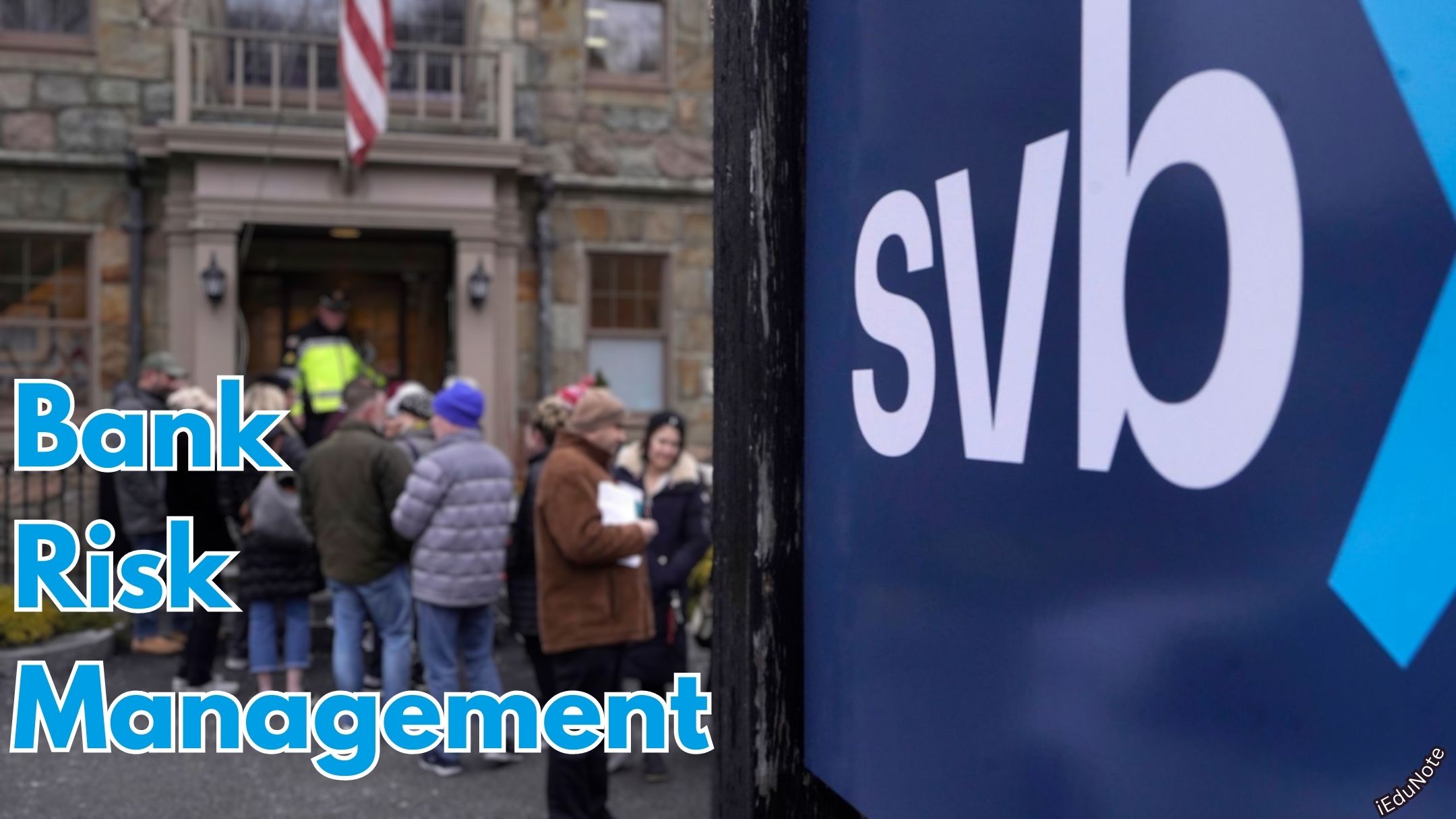The pattern of dividend policies varies from bank to bank, depending on the characteristics of the bank. Thus, there may be a stable dividend policy, a policy of no immediate dividends, a policy to pay regular and extra dividends, and a policy of irregular dividends.
Pattern of Dividend Policy in Banks
Stable Dividend Policy
When a bank constantly pays a fixed amount of dividends and maintains it for all the times to come, regardless of fluctuations in its earnings, it is said to have pursued a relatively stable dividend policy of fixed dividends per share.
In actual practice, most banks follow a stable dividend policy because of the following reasons:
- Banks regularly paying dividends at a fixed rate always have a high credit standing in the market. They can raise as many funds as they like from the market because of the widespread demand for their shares.
- A stable dividend policy fosters a rise in share value. Investors generally pay a higher premium to shares promising a certainty of dividend income than those with fluctuating dividends because of risks inherent in the latter. Those who derive their regular income from dividends prefer holding such shares to ensure dividends.
- Since dividends communicate information to investors about a bank’s profitability and managerial efficiency, naturally, a bank pursuing a stable dividend policy enjoys the great confidence of shareholders. This may be immensely useful in the bank’s fundraising activity and boost the morale of management.
Policy Of No Immediate Dividend
Very often, management may decide to declare no dividends despite the large warnings of the bank. This policy is generally pursued in the following circumstances:
- A new and rapidly growing bank needs a lot of funds to finance these expansion programs.
- When the bank’s access to the capital market is difficult or the availability of funds is costlier.
- Shareholders have agreed to accept higher returns in the future or strongly prefer long-term capital gains instead of short-term dividend income.
Policy Of Regular And Extra Dividends
Banks following regular dividend policy payout dividends constantly to stockholders and do not change the payout ratio. Unless it is believed that changes in earnings are permanent.
Such a policy gives the stockholders that extra dividends have been paid because the bank has made extraordinary earnings which will be skipped when business earnings drop to a normal level.
Policy To Pay Irregular Dividends
Bank following this policy does not pay out a fixed amount of dividend per share. Instead, the dividend per share is varied in correspondence with changes in earning level. Larger earnings mean higher dividends and vice-versa. Many profits may be plowed back in the year when a bank has many highly profitable investment opportunities.
In the subsequent year, when the bank will have no or limited opportunities to seize, management may distribute a larger portion of earnings that would otherwise have remained unutilized.

